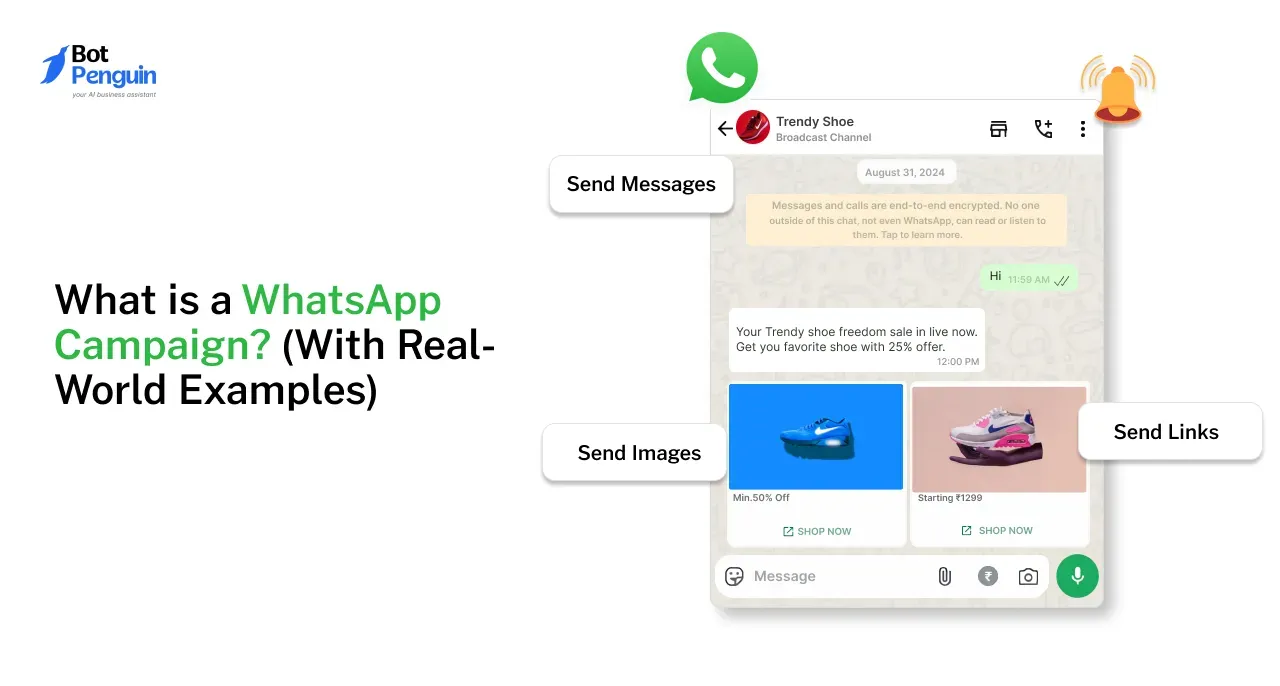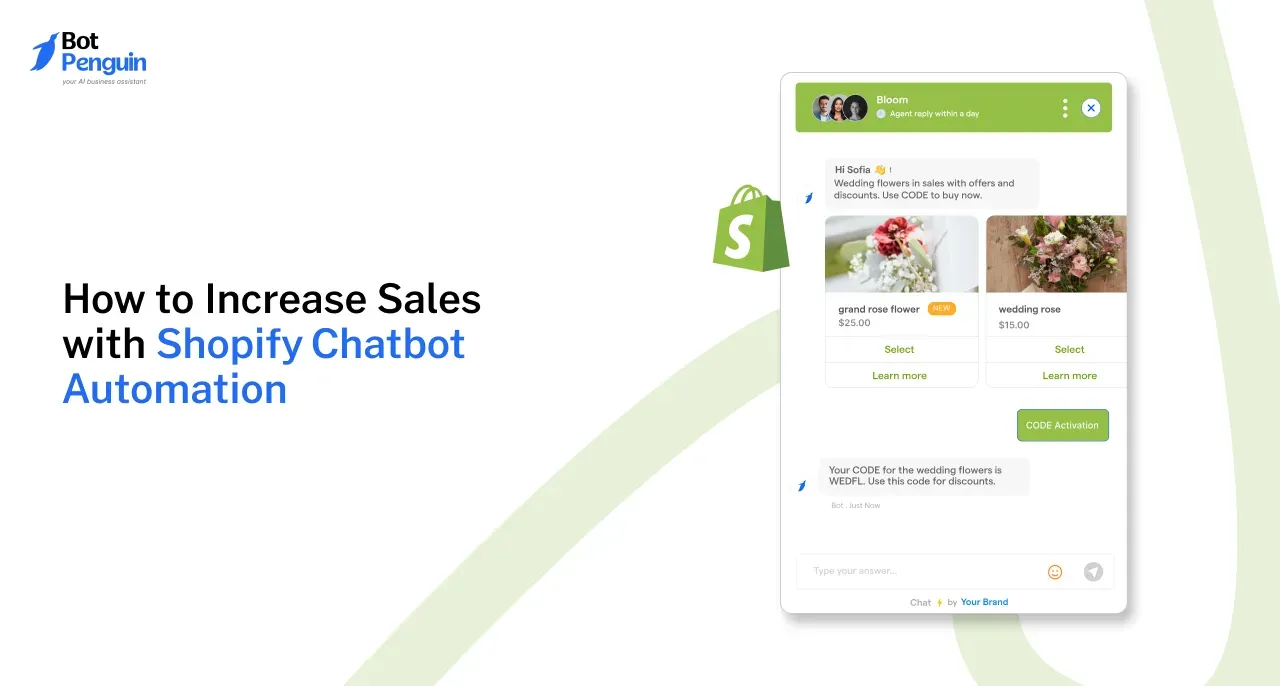Trust is one of the most valuable social currencies used in a society. If a person is considered trustworthy, people will do all kinds of dealings with them, such as trade, investment, and other commercial business.
In the digital age, where e-commerce–the online buying and selling of goods and services– is commonplace, trust is a critical factor for success.
If a customer cannot trust an e-commerce platform, they will refrain from using it, while a trustworthy platform will enjoy lots of new and returning customers that bring business.
This is why building trust with your customers online is critical. Trust is also fragile. It takes a lot of effort to build it, yet one misstep can break it. So, it is a constant struggle to maintain the trust you have built.
Today, we will look at various methods you can use to develop trust in your brand with your online customers.
1. Prioritize Clear Communication and Content
One of the ways brands can inculcate trust is to position themselves as an authority. To do this, they create and publish content on various topics related to their products and services and provide knowledge to their customers.
Similarly, communication of all sorts, including marketing, customer support, and even website content, builds trust if it’s genuinely helpful and valuable.
However, there is one prerequisite for building trust through these avenues: that is, clear, concise, and comprehensive writing. If your content is difficult to understand, your customers will think that you are trying to dupe them.
On the contrary, if they have little to no trouble understanding you, they will be thankful and naturally come to trust you (provided your content was useful).
The same goes for communication. If your customers don’t understand what you communicated to them, they will become confused and ultimately resentful and distrusting.
There are quite a few studies on why poor communication leads to distrust and other negative outcomes. These studies were done primarily for the healthcare sector and on employer-employee relationships. However, their findings can be easily applied to any other use case where communication is key for building trust.
Here’s what you can do to make your content and communication better for building trust.
Be truthful
Be transparent
Do not lie by omission, or lie at all
Use simple vocabulary used in day-to-day language (without jumping into slang, you have to keep things professional)
Use a tool to check the readability of your content to ensure that your customers can understand it. Try to aim for a score of 7 or 8 on the Flesch-Kincaid test.
Applying these tips will make your content better and generate more trust among your customers in the long run.
2. Implement Robust Security Measures
The Internet and, by extension, all online platforms are gold mines for stealing data. Bad actors have a lot of incentive to attack e-commerce platforms in particular because they can steal credit card information and commit credit card fraud for massive amounts of money.
Customers are always worried about this when shopping online because this type of stuff is not uncommon. So, what can you do to gain their trust and make them willing to shop with you?
You can start by ensuring that your website has robust security measures that protect user data from being leaked. Here are some of the common and most straightforward techniques you can use to bolster your security.
Use HTTPS. HTTPS websites show a lock icon in the address bar that shows they are secure. Customers see that and realize that the e-commerce website is secure.
By secure, we mean that all HTTPS requests made from the browser to that site are encrypted to avoid snooping and sniffing.Use SSL Certificates. SSL (Secure Socket Layer), more commonly known as TLS (Transport Layer Security), is an encryption technology that ensures all communications between two connections are end-to-end encrypted.
An SSL certificate uses public-private key cryptography to show that a message has not been altered during transit and ensures that it is legitimate.
Customers can check these sorts of things when researching your platform. You can also advertise this and make it easily known that your e-commerce platform is secure, and customers can rest easy while doing their shopping here.
3. Validate User Info For Fraud Prevention
As someone said, trust is not a one-way street. You also have to be able to trust your customers. How does that build more trust in your clientele, though?
Well, the fact of the matter is that many hacks occur from security vulnerabilities on the client-side. What’s worse is that sometimes, these aren’t real vulnerabilities.
For example, IP address spoofing is something that anyone with a little bit of technical know-how can do. How do you protect against it?
The answer is that you vet “clients” on the server side. In networking, a lot of information is being shared between a website and a browser. Typically, a website can learn stuff like:
IP address of the client
Operating system
Browser name and version
ISP
And of course, the IP location of the client
You can prevent attempts at fraud by comparing this information with the client’s past sessions. Any significant changes in the browser version, OS, and even the IP should be flagged, and additional authentication should be demanded. This way, you can prevent IP spoofing attempts from succeeding.
An additional vetting step you can use is to check the IP geolocation of all incoming requests. Then you block or restrict those addresses whose location is from unexpected and obscure areas (such as from other countries or continents and remote locations).
You can check the IP location of any IP address by using an IP location checker, which is a type of online tool that can access public ISP databases to find the general location of an IP address.
The advantage of doing this is that it shows your customers that you care about security and verification, even if it provides some slight inconvenience to regular customers. This obviously builds trust in your online platform.
4. Thoughtful Personalization of Experiences
Another way of inculcating trust among your audience is to show them that you think about them and care about their experiences. Any customer automatically feels more trusting of a brand (especially an online brand) if they get a personalized user experience.
Now, people hear the word personalization and immediately think of hyper-personalization. Hyper-personalization is a type of personalization where content and experiences are tailored for each customer individually.
That is a massive undertaking because how can you reasonably personalize stuff for thousands of users, you can’t.
The personalization that we are talking about is far more general. It is based on a number of user data types, such as:
Customer age group
Demographic
Region
General Likes and Interests
These are all things you can learn from your e-commerce platform through account creation. Many platforms also allow you to use your Google or Facebook account to create a new account. That means you can obtain information associated with that account.
But don’t rest on your laurels by getting this information just once. Aside from customer demographics, the rest of the things are subject to change at one point or another.
For example, a traveling customer may be accessing your store from different regions. The general likes and dislikes of a customer can also change.
To check the region of a customer, you can simply look up their IP geolocation. As for the likes and dislikes, you can check what kind of products your customer has saved, wishlisted, or ignored.
This way, you can anticipate the customer's needs and provide an excellent experience. Some examples of providing a good experience include the following.
Showing and promoting specific deals for products that the user wants or needs
Providing special discounts on wishlisted items
Reminding users of abandoned carts by offering them a good deal
Refraining from showing irrelevant ads
Anticipating user needs based on previous purchases, i.e., if they bought a toaster, then promoting other kitchen appliances like a grinder, microwave oven, etc.
Those are just a few examples, and you can be as accommodating as you like to improve the user’s experience.
5. Be Responsive and Accessible
An e-commerce platform is only as trustworthy as its customer support. The true mettle of your platform will be tested when a customer runs into a problem where they need help from customer support.
The more accessible and responsive the customer support experience is, the more trust the customer will feel towards your brand. So, what do we mean by good customer support?
Traditionally, customer support was always a bit hard to find. It was not very obvious what to do or where to go to access customer support. Typically, it involved writing an email to the company whose platform the customer used, and then it was a waiting game.
Nowadays, you can avoid this hassle altogether. Live chats, automated customer support, and ticket systems with prompt responses for each update are used.
This solves the problem of accessibility. But how about responsiveness? Responsiveness is ultimately dependent on the swiftness of your customer support team.
The faster they work, the more responsive they will be. However, there is a limit to that. After all, you don’t have an unlimited amount of support personnel. So, what can you do to improve the responsiveness?
The easiest solution is to use automated support and chatbots for simple issues. You can see on most websites that a message icon is usually present at the bottom right, and it says something like “Ask me anything.”
You can add such a widget to your e-commerce platform to enable handling of support requests right there and then, with no emailing necessary. The same widget can have an automated chatbot that provides solutions and answers to common problems faced by customers.
This frees up your support team for handling the real requests that are far removed from the usual occurrences. As a result, your customer support becomes more responsive and contributes to developing more trust.`
6. Simplify and Secure User Experience Access Points
A trustworthy website is easy to use and leaves no room for confusion about what it wants you to do or what will happen when you press certain buttons.
Scammy sites often use elements of misdirection and dark patterns to confuse users into making uninformed choices against their will. If your website has such a user interface, only the most gullible customers will try to use it.
Anyone who falls for dark patterns immediately becomes distrustful of the site and refuses to use it again. You can simply develop trust by avoiding such measures and ensuring your customers have a simple yet secure user experience.
To get the most out of your site and promote a trustworthy image, ensure the following things.
An easy-to-navigate and intuitive user interface
Frictionless yet secure login & payment
Protection against accidental buying
A good UI/UX designer can create amazing and intuitive designs. You don’t necessarily have to reinvent the wheel. Just follow the same design principles as successful e-commerce stores.
As for frictionless login and payment, you can use technologies like biometric login and payment. That is a secure technology that is also really convenient to use.
As for protection against accidental buying, the easiest method is to force the user to visit the cart and review it before paying to prevent accidental buys.
In this way, you can simplify and secure user access points, preventing loss of trust due to dark patterns.
7. Be Transparent About Data Collection Policies
Data collection and privacy are things that most tech-savvy customers are concerned about. Nobody likes to have their data collected, used, or sold without their permission. Unfortunately, there used to be a time when online services would do exactly that.
The thing is that companies and brands can’t provide personalized experiences if they don’t collect data. So, how do they navigate this landmine?
It is quite simple; they just have to be transparent about data collection and personalization. Of course, simply being transparent is not enough. You also have to provide a way for customers to opt out of data collection.
In the European Union, all websites are required by law to provide a way for users to opt out of data collection. This law is called the GDPR, or the General Data Protection Regulation. This law covers all organizations that provide their services within the EU.
To answer the question about handling this matter, here are a few solutions.
Upon opening your e-commerce site/app for the first time, a customer should be notified that their data will be collected.
The purpose of the data collection should be stated, i.e., it is for personalizing the user experiences.
Users should be notified that they can opt out of the data collection, but doing so would prevent personalization.
A better approach would be to keep the data collection “opt-in” and ask the users to do so by highlighting the personalization advantages.
Provide easy and accessible options to turn on/off the data collection and the option to erase previously collected data.
By doing these things, you can develop a great amount of trust among the tech-savvy and privacy-concerned customers.
Conclusion
So, there you have it, the seven best practices for building trust with your customers online. Online platforms are notoriously hard to gain trust due to bad actors using them for scams.
People are also naturally distrustful of things they can’t see with their eyes. To allay their fears and deal with their misgivings, you can put into practice these seven tips for developing trust.
As long as you can apply them diligently, your online platform will generate trust and form a solid customer base.



